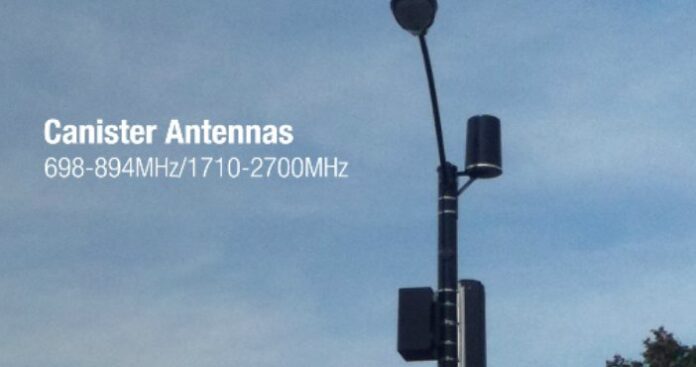Kathrein antennas for small cells and outdoor distributed antenna systems provide on-demand capacity in an easily concealed solution
Network densification, marked by increasing deployments of small cells and distributed antenna systems, is a key component of an ultimate 5G standard. As carriers race to not only lay the foundation for 5G, but also improve coverage and capacity for existing mobile networks, picking the best hardware is a critical task.
With a century of experience supplying telecommunications infrastructure, there’s good reason why ABI Research, in a recent report, found that Kathrein has delivered 24.8% of LTE antennas around the world—that reason is an unwavering dedication to quality.
Jim Nevelle, President and CEO of Kathrein USA, told RCR Wireless News, “One of the things Kathrein is known for throughout the wireless sector is that we are viewed as the quality standard. Our products are known for high quality, high performance and reliability. We also view ourselves as one of the innovators in the space of mobile communications from tower design to connected car to multi-faceted emerging technologies like 5G.”
Kathrein is investing heavily in making its cutting edge products available to service providers around the world. To support that effort, the company in March 2015 kicked off production at a $29 million facility in Mexico, in the process creating 400 new jobs and bolstering the ability to serve the North American market.
Nevelle said Kathrein has increased its global capacity by 50% to support carrier needs, which, at present, seem focused on supplementing coverage and capacity by deploying small cells and DASs. For example, US carrier Sprint, a subsidiary of SoftBank, is working on a network improvement initiative that many analysts predict could include the rollout of some 70,000 small cells; some watchers have even suggested vendors lack the capacity to support carrier ambitions, re-emphasizing the importance of Kathrein’s global growth strategy.
“Small cells are getting a lot of push right now,” Nevelle said, “as well as significant interest from carriers. One of the primary reasons for this is they want to have densification of their network. Small cells, up to now, were basically used as a gap filler on coverage maps. This is really trying to build the foundation of when 5G rolls around. Antennas are going to be one of the primary needs within the whole 5G space.”
Kathrein’s full line of Canister Antennas offer state-of-the-art technology coupled with sleek design that allows for a quick deployment that’s easily concealed in existing streetscapes, which decreases the burdensome municipal concurrency often associated with macro sites. The end result for Kathrein’s customers is providing the coverage and capacity end users need with a product that drives down capex and opex and accelerates return on investment.
Kathrein has antennas purpose built for both small cell deployment and outdoor DAS deployments, which bring the refined multi-carrier, multi-antenna solutions generally associated with in-building use outside. Futureproof oDASs, as well as small cells, are gaining significant traction from customers in verticals ranging from business parks and hospitals to academic campuses, shopping centers, hotels, convention centers and more.
Nevelle explained that Kathrein provides a comprehensive “toolbox” for clients looking to provide the level of connectivity that can make or break business success.
“Coverage with cellular infrastructure is a requirement to be competitive,” Nevelle said, and Kathrein is ready to enable that competitive edge.
For more information on Kathrein antenna solutions, click here.







